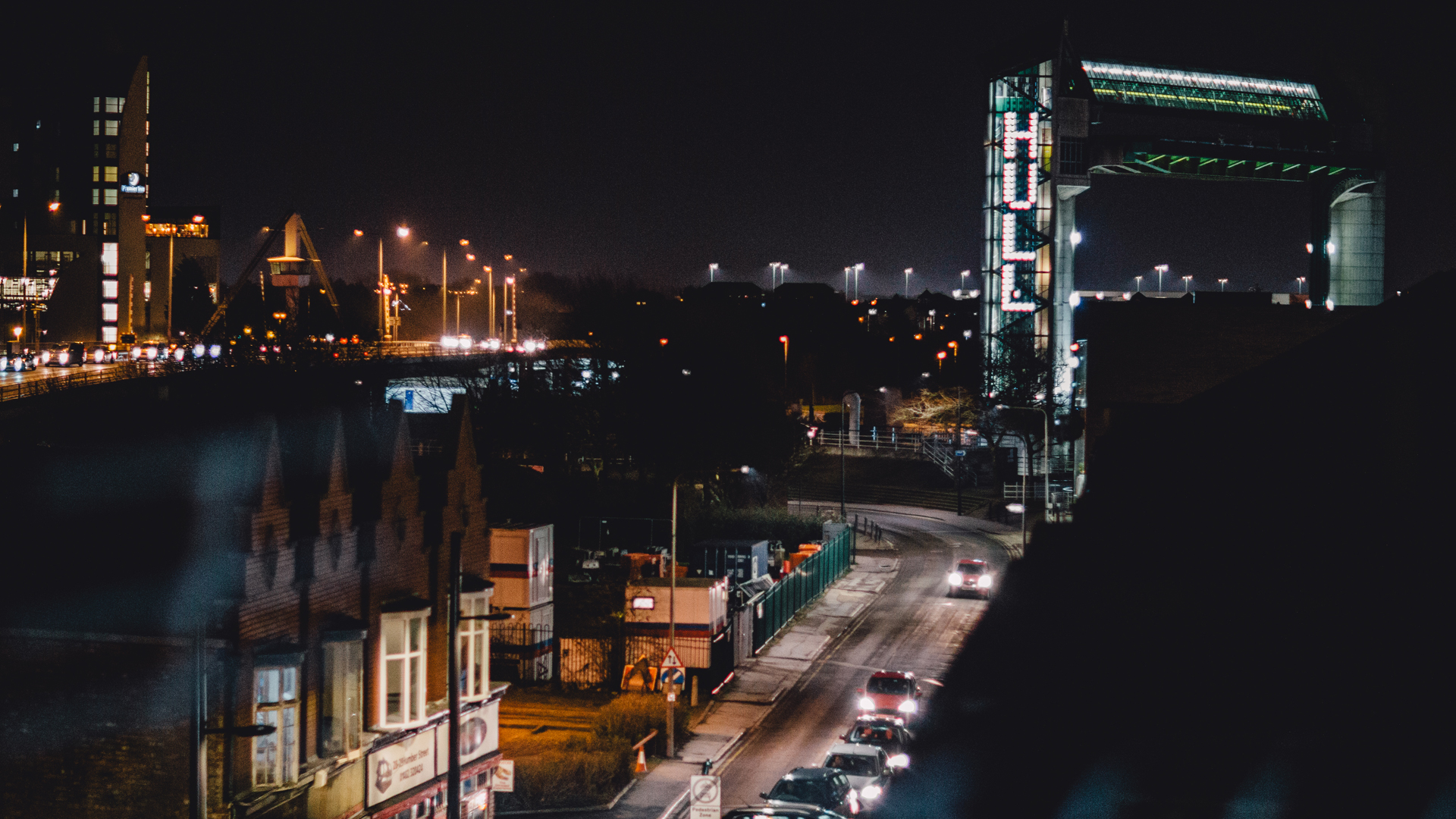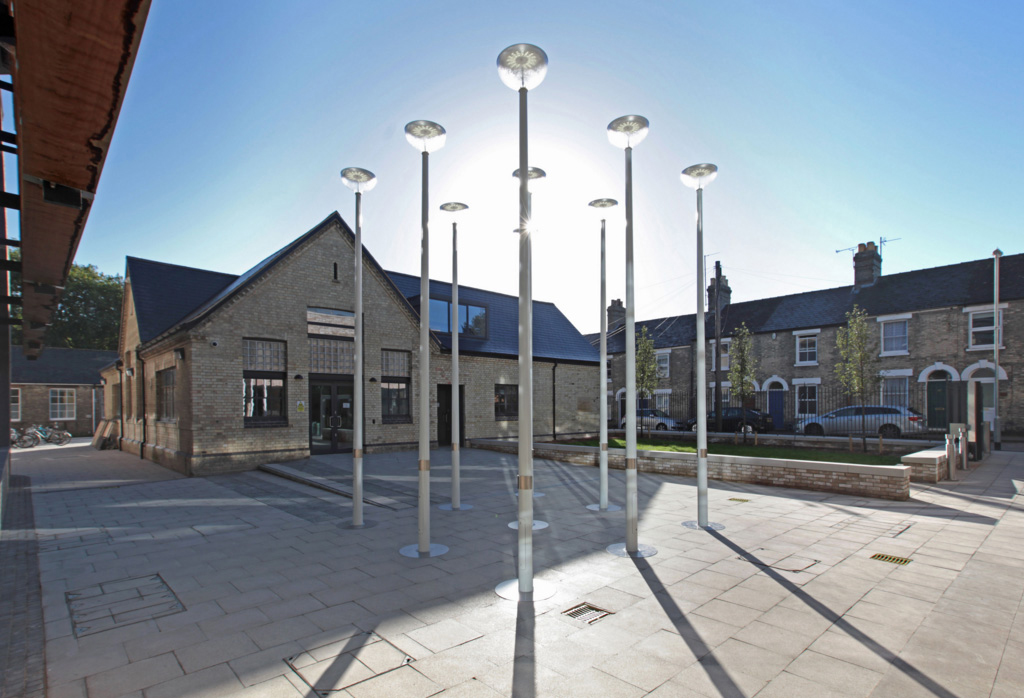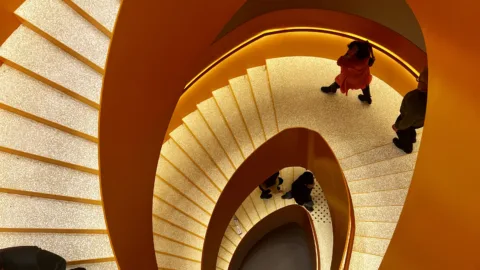People are drawn in by stories, but without continued engagement their interest can waiver. This is a core design principle when creating lighting installations for the public realm, yet it is sad to see so many towns and cities that once had such a grand vision for their lighting project finding their creation unloved months later due to lack of engagement with the public. The long term success of public realm lighting lies in telling stories and connecting with the people around it.
Understanding what connects people to the spaces they inhabit is key to giving them the lighting project they deserve, because whilst councils, agencies and groups might be the original client behind a project’s inception, it is the people who will visit, engage with it and keep the story alive.
Creating a narrative that is inclusive of the area can encourage local people to embrace the lighting project, support its construction and act as ambassadors for repeat visits.
This could not be more true of our work on Hull’s iconic tidal barrier. Set in the fruit market area of the city, The City Speaks gives everyone the chance to see their spoken words converted into text and broadcast 16 metres high on the surge barrier. The installation will be in operation throughout 2017 and is already drawing people to the area.

The renowned British artist Michael Pinsky – responsible for the concept – is a huge fan of conversation and said,
“I like using art as a catalyst to start interesting conversations. This is what cities can offer, and if we don’t offer these moments for free, we become ‘just’ consumers.”
What is interesting about the Tidal Barrier lighting installation is that it encourages people to meet who might not generally engage or share a moment, and they need not buy or consume to be sold to. This is not a commercial moment, but simply a shared experience that changes every time.
For the full interview with Michael Pinsky, visit the Hull 2017 website.
We were fortunate enough to work with Michael Pinsky on another project in Cambridge. I’m Laughing at Clouds is another perfect example of how to engage with people in the area and tell a compelling narrative that literally starts with the user. I’m Laughing at Clouds modifies public lighting, allowing it to react to the individual. By touching sensors embedded in the lighting columns, the visitor creates a composition of both light and sound. The lamp posts are designed to respond to the human touch and record the frequency of the person’s heartbeat. This information is then presented through the illumination of the structures and through audio samples of children’s voices. As people engage with the lighting installation, a child’s voice sings a note. Then at the exact point the heartbeat is registered, the note follows the rhythm of the heartbeat. Both the lighting and sound effects get steadily softer until they both drift away entirely, only to be triggered by the sensor being touched again.

In our modern world of digital content and consumption, using a ready made, out-of-the-box solution may not be the right way to captivate and engage with the public. Bespoke lighting solutions that use the latest technology can help to create and deliver lighting in a more creative and innovative way. By using engaging storytelling and embracing the location, lighting installations can educate, entertain and bring people together. Such community-orientated projects make people proud to part of their local area and add value to the spaces they inhabit.
